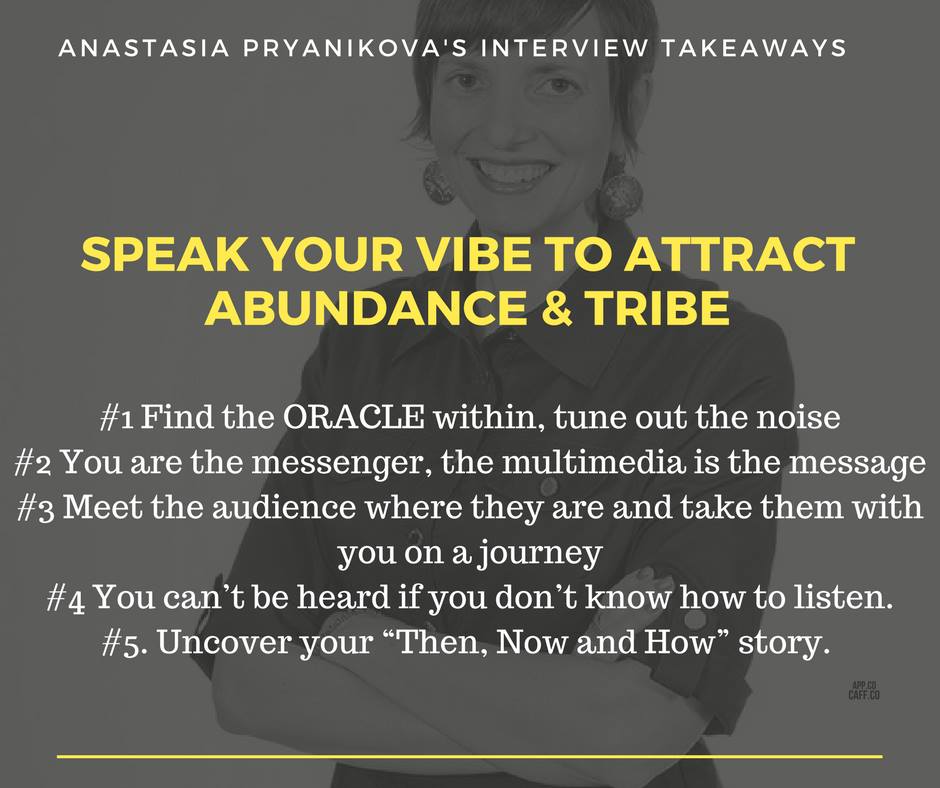Speak Your Vibes to Attract Abundance and Tribes
Last week, I had a chance to talk to Dr. Marina Kostina on Facebook Live about public speaking, accessing your inner oracle, my 7-step Oracle Journaling process, and other things. Here is the recording of our interview.


 All public speakers must face them. Hidden in the conference rooms of haunted hotels, they wait for the right moment to pounce and send chills down our spines, usually right before some big, important presentation. They are the speakers’ blood curdling fears and worst nightmares. Halloween is a perfect time to acknowledge their existence and poke a little fun at them.
All public speakers must face them. Hidden in the conference rooms of haunted hotels, they wait for the right moment to pounce and send chills down our spines, usually right before some big, important presentation. They are the speakers’ blood curdling fears and worst nightmares. Halloween is a perfect time to acknowledge their existence and poke a little fun at them.

